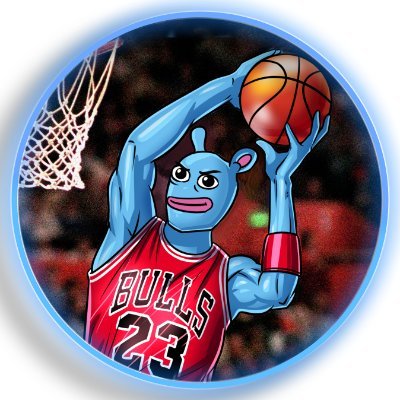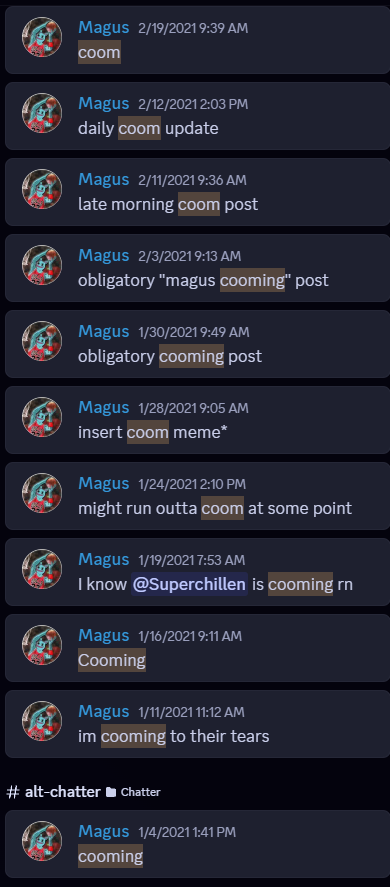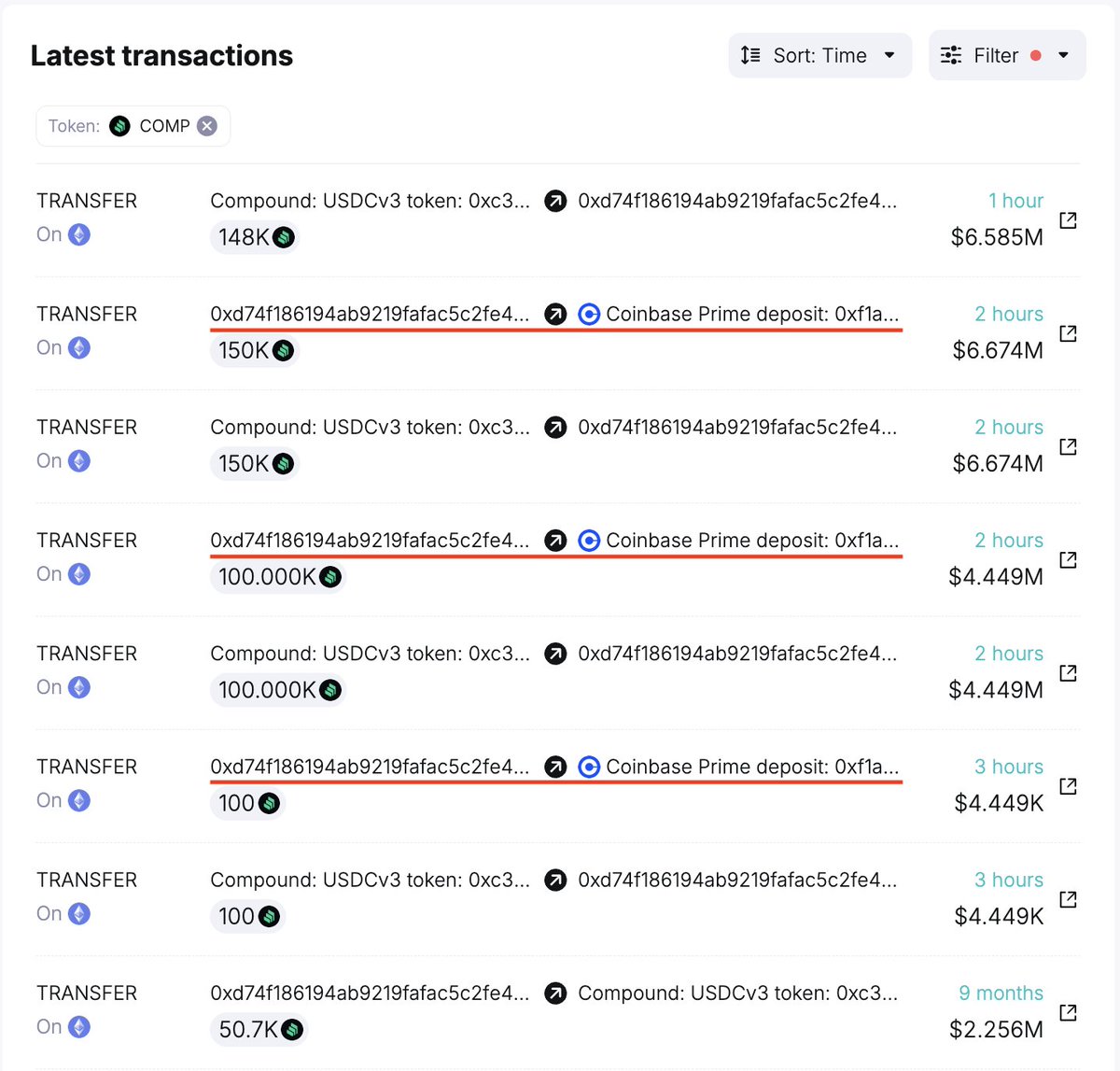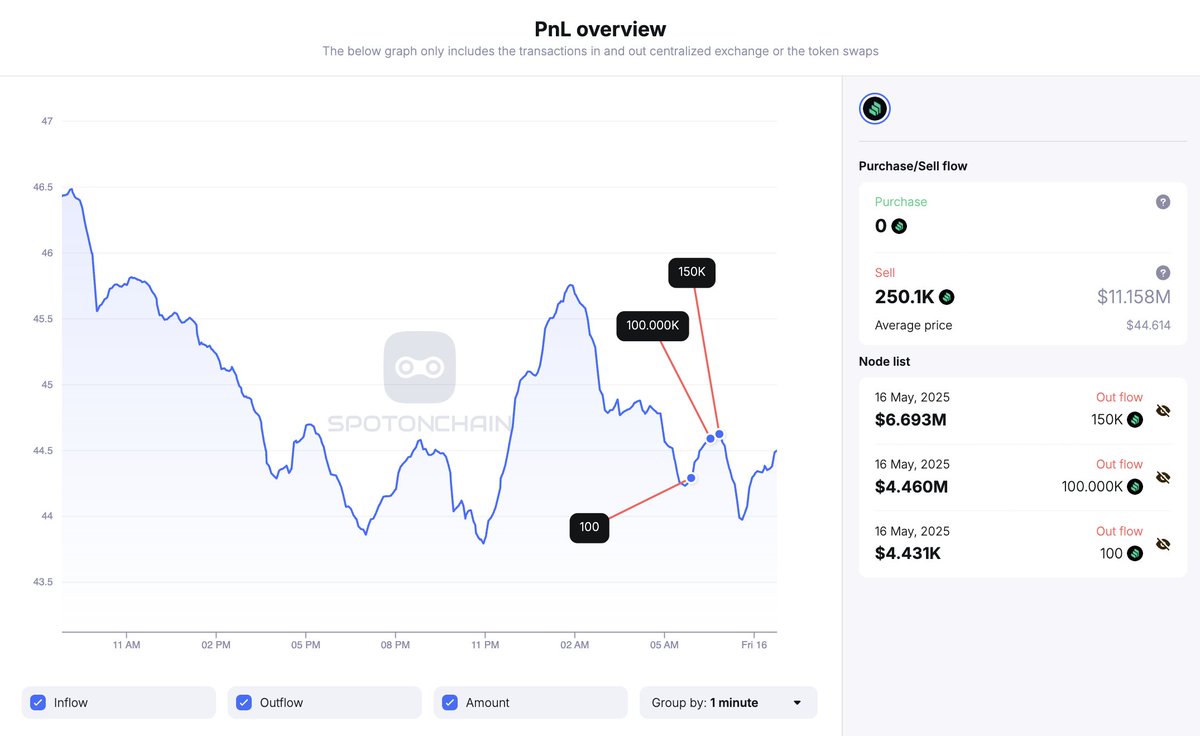Compound (COMP) è una criptovaluta di grande importanza per il futuro dei protocolli di prestito e di erogazione del credito nell'ambito della finanza decentralizzata (DeFi).
Cos'è Compound
Compound è un importante protocollo DeFi che utilizza COMP, il suo token nativo, come parte integrante della sua piattaforma. COMP consente agli utenti di accedere e utilizzare i servizi offerti da Compound in maniera semplice e continuativa. Uno degli aspetti chiave di COMP è la sua funzionalità di governance, che consente ai possessori di token di partecipare attivamente al processo decisionale. Gli utenti che possiedono i token COMP hanno la facoltà di proporre e votare modifiche e miglioramenti al protocollo, consentendo loro di plasmare il suo sviluppo futuro.
Il team di Compound
Il team di Compound è composto da programmatori blockchain e imprenditori guidati dalla comune visione di creare un sistema finanziario efficiente e accessibile. Robert Leshner è a capo del team e mette a disposizione la sua esperienza nel campo dell'economia e della finanza. Il team ha raggiunto traguardi notevoli, assicurandosi più di 8 milioni di dollari di finanziamenti da parte di importanti stakeholder. Attualmente, il protocollo Compound gestisce asset per un valore di oltre 1 miliardo di USD, dimostrando il successo raggiunto dalla squadra nella costruzione di una piattaforma solida e affidabile.
Come funziona Compound?
Compound opera come un protocollo DeFi che facilita il prestito di criptovalute. Costruito sulla blockchain di Ethereum, gli utenti possono svolgere questo tipo di attività in modo trasparente e sicuro.
Il token nativo della piattaforma, COMP, ha un duplice scopo: governance e incentivi. I possessori di COMP hanno il potere di proporre e votare le modifiche al protocollo, delineandone il futuro. Inoltre, COMP è un meccanismo di ricompensa che incoraggia gli utenti a fornire asset o a contrarre prestiti a fronte di garanzie. In questo modo si incentiva la partecipazione e si contribuisce alla funzionalità complessiva della piattaforma.
COMP: il token nativo di Compound
Il token nativo di Compound, COMP, svolge un ruolo cruciale nell'ecosistema, assolvendo a molteplici funzioni. Con un'offerta massima di 10 milioni, COMP è un token ERC-20 che opera sulla blockchain di Ethereum. Viene utilizzato per la governance e le ricompense per il liquidity mining all'interno della piattaforma Compound.
I possessori di token COMP possono proporre e votare modifiche al protocollo, partecipando attivamente alla governance decentralizzata della piattaforma. In questo modo la community ha la possibilità di orientare il futuro di Compound.
Inoltre, i token COMP sono utilizzati come incentivi per gli utenti che partecipano al programma di liquidity mining del protocollo DeFi. Fornendo liquidità alla piattaforma, gli utenti hanno la possibilità di guadagnare token COMP come ricompensa, aumentando ulteriormente la partecipazione e la liquidità all'interno dell'ecosistema.
Come mettere in stake dei COMP
Per mettere in stake i token COMP e massimizzare le ricompense, i possessori di COMP dovrebbero acquistare i token COMP da exchange di criptovalute affidabili come OKX. Per creare un conto, è necessario completare la registrazione e configurare un wallet ERC-20.
Una volta eseguiti questi passaggi, i token COMP possono essere inviati alla piattaforma di staking scelta, come OKX Earn, che offre uno staking flessibile. Per finire, è necessario confermare l'importo desiderato di COMP da mettere in stake e selezionare il pulsante Iscriviti per avviare il processo di staking.
Casi d'uso di COMP
Il token COMP ha molteplici casi d'uso all'interno dell'ecosistema Compound e del più ampio settore DeFi. I possessori di COMP possono partecipare alla governance del protocollo Compound suggerendo proposte e votando su decisioni importanti. Inoltre, possono guadagnare ricompense partecipando ai programmi DeFi o mettendo in stake i loro token COMP.
Distribuzione di COMP
La distribuzione dei token COMP è la seguente:
- 50% al programma di liquidity mining di Compound.
- 25% al team e ai consulenti di Compound.
- 25% riservato alle esigenze future dell'ecosistema Compound.
Qual è il futuro di Compound
Compound ha in serbo per il futuro piani di espansione della piattaforma, che comprenderanno le stablecoin, le valute fiat e altre criptovalute. Dal punto di vista geografico, Compound intende estendere la propria presenza a regioni interessanti come l'Asia e l'America Latina. Inoltre, il team intende introdurre nuovi prodotti e servizi DeFi, tra cui i derivati e i mercati finanziari, e stringere partnership con altri protocolli DeFi.

































Social